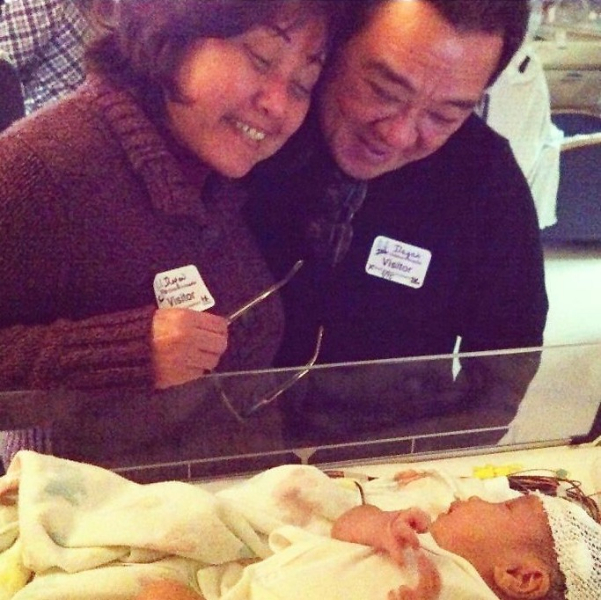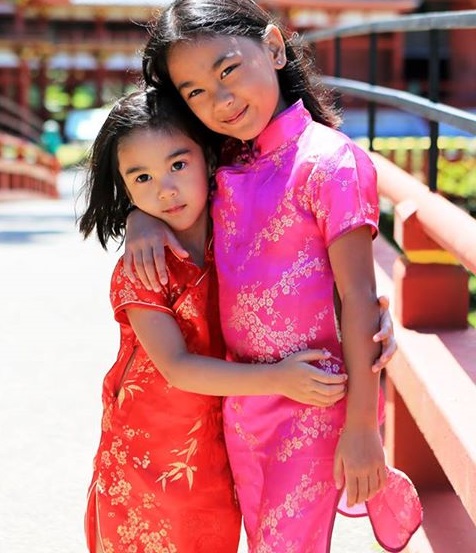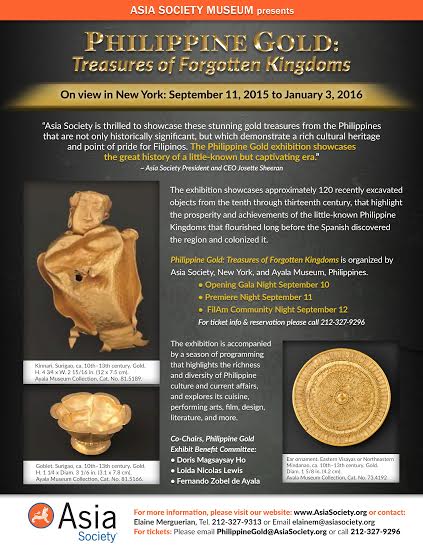No more pink or blue as parents welcome gender-neutral toys
By Cristina DC Pastor
A major department store is moving to whitewash its aisles by removing the color divide between boys’ toys and toys for girls. Blue and pink shelves will be gone and so will references to gender in marketing to children.
Some Filipino American parents welcome the idea of not stereotyping, say, dollhouses for girls and fire trucks for boys, and it looks like their children are already into gender-neutral playthings.
“My sons now only play with video games and Minecraft, which are played by both girls and boys,” said comedian Air Tabigue of his three sons Silver, 12; Tanner 10; and Asher, 9. “When they were younger, they played with Thomas the Train and dinosaurs.”
Likewise for portrait photographer and piano teacher Loren San Diego’s daughters Lana, 8; and Leia, 5.
“They’re not into Barbie dolls,” she shared with The FilAm. “They’re into scooters, bikes, board games, and
Etch A Sketch. I think those are neutral toys.”
Professor of Psychology Judith Elaine Blakemore of Indiana University−Purdue University in Fort Wayne, Indiana, studied hundreds of gender-specific toys. Her research found that, “toys most associated with boys were related to fighting or aggression (wrestlers, soldiers, guns, etc.), and the toys most associated with girls were related to appearance (Barbie dolls and accessories, ballerina costumes, makeup, jewelry, etc.).” The study proceeded to classify toys as “strongly” or “moderately” gender-typed.
Her study found that “strongly” gender-typed toys are likely to reinforce “looking pretty” as an important attribute in girls, and for boys an emphasis on violence and aggression.
Blakemore’s research, published in the National Association for the Education of Young Children website, concluded that “not strongly” gender-typed toys are more likely to develop “children’s physical, cognitive, academic, musical, and artistic skills.”
“Moderately masculine toys have many positive qualities (spatial skills, science, building things, etc.) that parents might want to encourage in both boys and girls. Perhaps, to some extent, it is the same for some moderately feminine toys (nurturance, care for infants, developing skills in cooking and housework),” she said.
On August 7, retail chain Target announced it will phase out “gender-based signage” in many areas of its stores.
“In the Toys aisles, we’ll remove reference to gender, including the use of pink, blue, yellow or green paper on the back walls of our shelves.” Toys is one department, says a company statement, where suggesting products by gender is “unnecessary.”
Tabigue wholeheartedly agreed.
“I don’t think it’s necessary for stores to label girls or boys when it comes to toys,” he said. “Kids will play with whatever toys they want.”
His sons never played with dolls or “pink stuff,” but they did play a lot with stuffed animals or whatever they see with their friends or on television.
“Would I let my sons play with dolls? Yes if they really wanted to! Hey I had a Cabbage Patch Kid when I was younger!” he said. “I think removing gender labels at stores is a good idea.”
San Diego’s girls play with guns – water guns to be exact – and prefer them in the feminine colors of pink, purple and yellow. But changing a store’s merchandising look might be problematic for some shoppers, she said.
“That would make it harder to shop for toys,” she said. “Usually, I skip the boys aisles when I’m buying for girls, and vice versa. Now I have to look at everything.”













